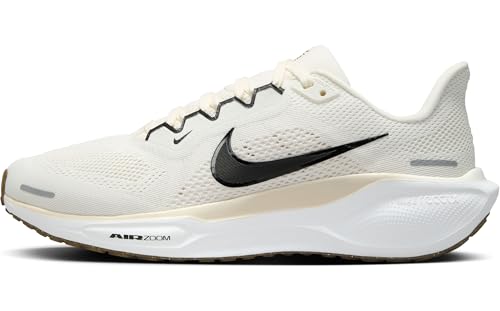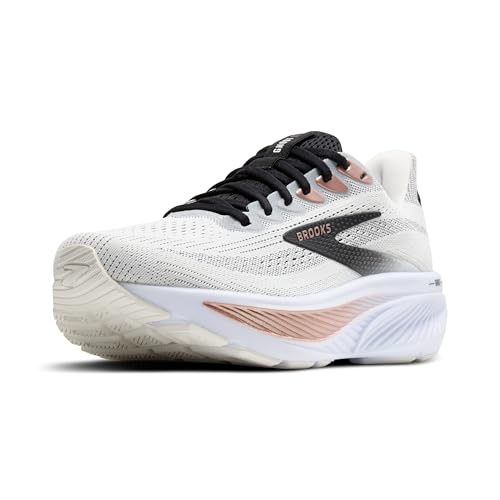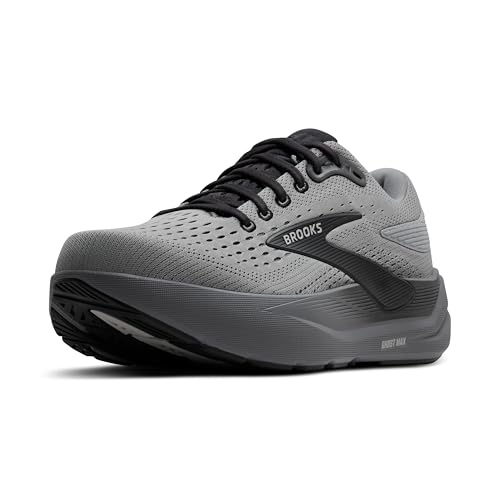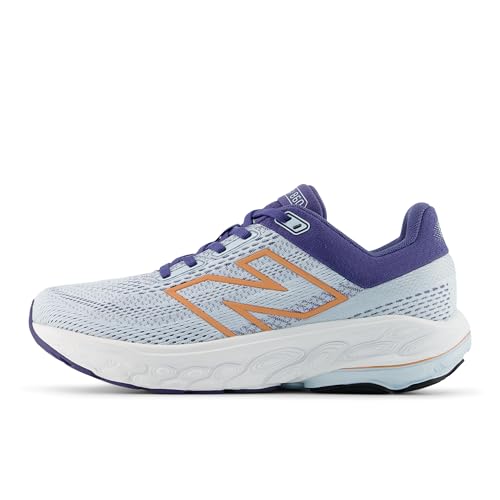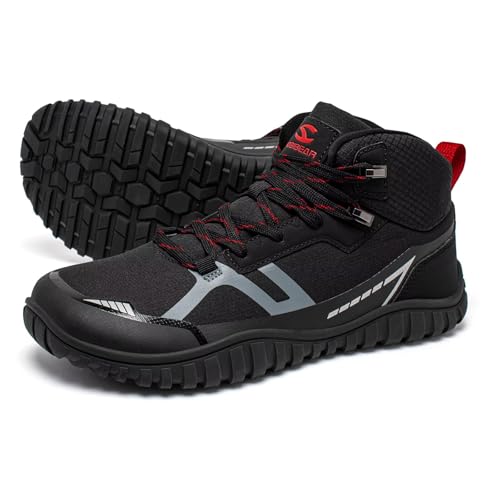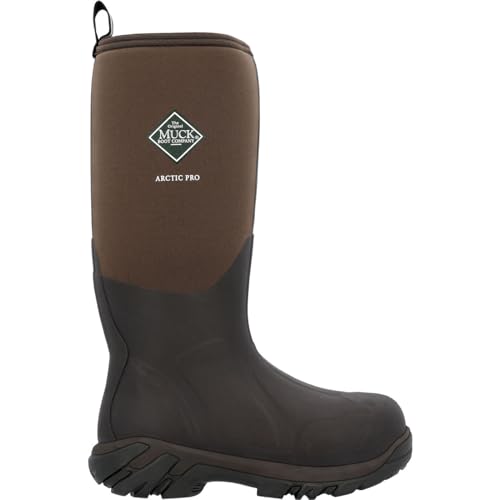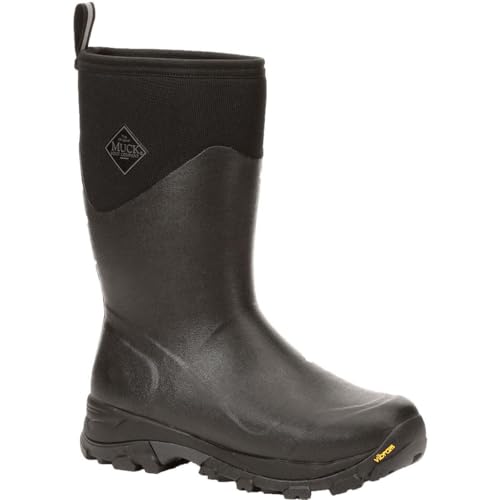When it comes to running shoes, comfort and durability are the two features that matter most. A good pair not only protects your feet but also boosts your performance and prevents injuries. In this guide, we’ve rounded up some of the best running shoes in 2025 that deliver on both comfort and durability — tested by runners, trusted by experts.
Why it’s great? Lightweight, cushioned, and built with Nike’s Air Zoom technology. Perfect for daily runs and long distances.
Durability: Reinforced outsole makes it last over 500 miles of running.
Comfort: Responsive cushioning keeps your feet supported on any terrain.
Why it’s great: Known for its soft cushioning and stylish design, it’s a runner’s favorite and a lifestyle shoe in one.
Durability: Continental™ rubber outsole ensures long-lasting grip.
Comfort: Energy-returning midsole gives you a springy run.
Why it’s great: Designed for stability, especially for runners with flat feet or overpronation.
Durability: High-quality gel cushioning lasts through heavy use.
Comfort: Supportive upper keeps your foot secure.
Why it’s great: A reliable neutral running shoe, loved for its balance between cushioning and support.
Durability: Strong midsole that maintains shape over time.
Comfort: Smooth transitions from heel to toe
Why it’s great: Plush cushioning and roomy toe box make it ideal for long runs.
Durability: Sturdy construction built to last.
Comfort: Fresh Foam midsole feels soft yet responsive.
When choosing running shoes, always consider your foot type, running style, and terrain. Each of the shoes listed above is built for comfort and long-lasting performance, so whichever you pick, you’re investing in both your health and your training.
Seasonal & Occasion-Based Shoes
Best Winter Boots for Snow & Ice in 2025
Care & Maintenance Tips
Buying quality shoes is an investment, and just like any investment, they need proper care to last longer and stay looking fresh. Whether you’re rocking casual sneakers, elegant dress shoes, or heavy-duty winter boots, these tips will help you get the most out of them:
1. Clean Regularly
- Remove dirt, mud, and salt stains after each wear.
- Use a soft brush or damp cloth depending on the material (suede, leather, or fabric).
- For winter boots, wipe off road salt immediately to prevent damage.
2. Protect the Material
- Apply a waterproof spray for leather, suede, or nubuck shoes before wearing them in rain or snow.
- Use a suede protector to keep texture from flattening and discoloring.
- Leather conditioners keep leather soft, shiny, and crack-free
3. Rotate Your Shoes
- Don’t wear the same pair every single day.
- Rotating shoes allows them to air out, which prevents odor and extends their lifespan.
4. Store Properly
- Keep shoes in a cool, dry place away from direct sunlight.
- Use shoe trees (especially for leather shoes) to maintain shape.
- For boots, stuff them with paper or boot shapers to prevent sagging.
5. Mind the Soles
- Clean out dirt stuck in treads for better grip and longevity.
- Check heels and soles regularly—resole when needed instead of waiting until they’re fully worn down.
6. Dry Shoes Carefully
- If shoes get wet, let them air-dry naturally.
- Avoid placing them directly near heaters or under the sun as it can warp or crack the material.
- Stuff with newspaper to absorb moisture faster.
7. Replace Insoles & Laces
- Fresh insoles keep shoes comfortable and odor-free.
- Changing laces not only refreshes the look but also prevents tearing at the eyelets.
8. Polish & Refresh
- Use shoe polish or cream to restore shine to leather shoes.
- For sneakers, a gentle sneaker cleaner can make them look almost brand new.
- Baking soda or cedar shoe inserts help absorb odors.
Health & Foot Support
Your shoes are more than just style — they play a big role in your overall health. Poor footwear can lead to discomfort, injuries, and even long-term issues with posture and mobility. Choosing shoes with the right support is one of the best investments you can make for your well-being.
1. Arch Support Matters
- Good shoes provide the right amount of arch support to match your foot type (flat feet, neutral, or high arches).
- Without proper support, you risk developing plantar fasciitis, shin splints, or back pain.
2. Cushioning for Comfort
- Shoes with proper cushioning reduce impact on your joints.
- Especially important for runners, athletes, or anyone standing for long hours.
3. Posture & Balance
- Supportive shoes help align your body correctly, preventing strain on your knees, hips, and lower back.
- They improve balance, reducing the chance of slips and falls — especially in seniors.
4. Breathability & Hygiene
- Foot health also depends on airflow. Shoes made with breathable materials prevent excessive sweating and odor.
- Proper ventilation lowers the risk of fungal infections like athlete’s foot.
5. Fit is Everything
- Wearing shoes that are too tight can cause bunions, blisters, and long-term deformities.
- Shoes that are too loose may cause friction and instability. Always measure your feet properly before buying.
6. Specialized Footwear
- Orthopedic shoes and insoles are available for people with special needs (flat feet, diabetes, or joint pain).
- Sports-specific shoes (running, basketball, hiking) are designed to provide targeted support for different activities.
7. Long-Term Benefits
- Wearing the right shoes reduces fatigue, increases energy, and keeps you active longer.
- Good footwear isn’t an expense — it’s an investment in your health and daily comfort.
Best Practices When Buying Footwear
Buying the right pair of shoes is more than just picking the right size or style. The best footwear balances comfort, durability, and health support — all while fitting your lifestyle. Here are some tips to keep in mind:
1. Know Your Foot Type
- Flat feet, neutral arches, or high arches each need different levels of support.
- Check your arch type with a simple “wet test” at home: step on a piece of paper with wet feet and examine the imprint.
2. Shop at the Right Time of Day
- Feet naturally swell during the day. Shopping in the late afternoon or evening ensures you choose a size that’s comfortable all day long.
3. Always Try Both Shoes
- One foot is often slightly larger than the other. Trying on both shoes helps avoid fit issues.
4. Walk Around Before You Buy
- Don’t just stand in place — walk around the store (or test at home if buying online with returns allowed).
- Check for comfort, tightness, and how the shoes support your stride.
5. Prioritize Comfort Over Size
- Different brands use different sizing standards. Trust how the shoes feel, not just the number on the box.
6. Match Shoes to Your Activity
- Running shoes for runners, hiking boots for hikers, formal shoes for business — each type is designed for specific stress points.
- Wearing the wrong type can cause injuries or shorten the shoe’s lifespan.
7. Check Material & Build Quality
- Look for durable soles, breathable fabrics, and strong stitching.
- Avoid shoes that feel too stiff or cheaply made — they won’t last long.
8. Don’t Ignore Insole & Cushioning
- Removable insoles allow you to replace them with orthopedic or custom inserts.
- Cushioning helps absorb shock and reduces joint stress.
9. Consider Long-Term Use
- Think beyond the look — how often will you wear them? Will they last?
- A slightly higher investment in quality shoes saves money in the long run.
10. Read Reviews & Recommendations
- Online shopping? Always check reviews to see how shoes fit and hold up over time.
- Look for verified buyer feedback on comfort, durability, and size accuracy.
When investing in footwear, comfort and durability should always come first. The right shoes not only protect your feet but also improve your daily performance and confidence.
Why Comfort Matters in Footwear
When it comes to shoes, style often steals the spotlight. But no matter how good a pair of shoes looks, if they aren’t comfortable, they can do more harm than good. Comfort isn’t just a luxury in footwear—it’s a necessity that impacts your health, posture, and overall lifestyle.
1. Foot Health Comes First
Uncomfortable shoes can lead to blisters, corns, bunions, and even long-term conditions like plantar fasciitis. A comfortable pair provides proper cushioning and arch support, reducing strain on your feet.
2. Improves Posture & Body Alignment
Your shoes play a huge role in how you walk and stand. Poorly fitted footwear can throw off your body alignment, causing knee, hip, and back pain. Comfortable shoes support natural posture, making everyday movement easier.
3. Boosts Productivity & Energy
If your feet hurt, everything else feels harder. Whether you’re at work, walking, or running errands, comfortable shoes allow you to stay active longer without fatigue.
4. Prevents Injuries
Shoes with the right fit and cushioning absorb impact, reducing the risk of sprains and joint issues. This is especially important for athletes, workers on their feet, and outdoor adventurers.
5. Enhances Confidence & Lifestyle
When your feet feel good, you feel good. Comfortable footwear makes it easier to focus on your day instead of being distracted by pain or discomfort. It also encourages an active lifestyle.
The Importance of Durability
When buying shoes, many people think first about style and price. But one of the most crucial factors that should never be overlooked is durability. A durable pair of shoes doesn’t just save money it protects your feet, supports your lifestyle, and ensures long-term comfort.
Finding the Right Balance
When it comes to shoes, style often steals the spotlight—but comfort, durability, and functionality are just as important. The real challenge for most buyers is finding the right balance between these factors. After all, the perfect pair of shoes isn’t just about looking good, it’s about feeling good and lasting long too.

